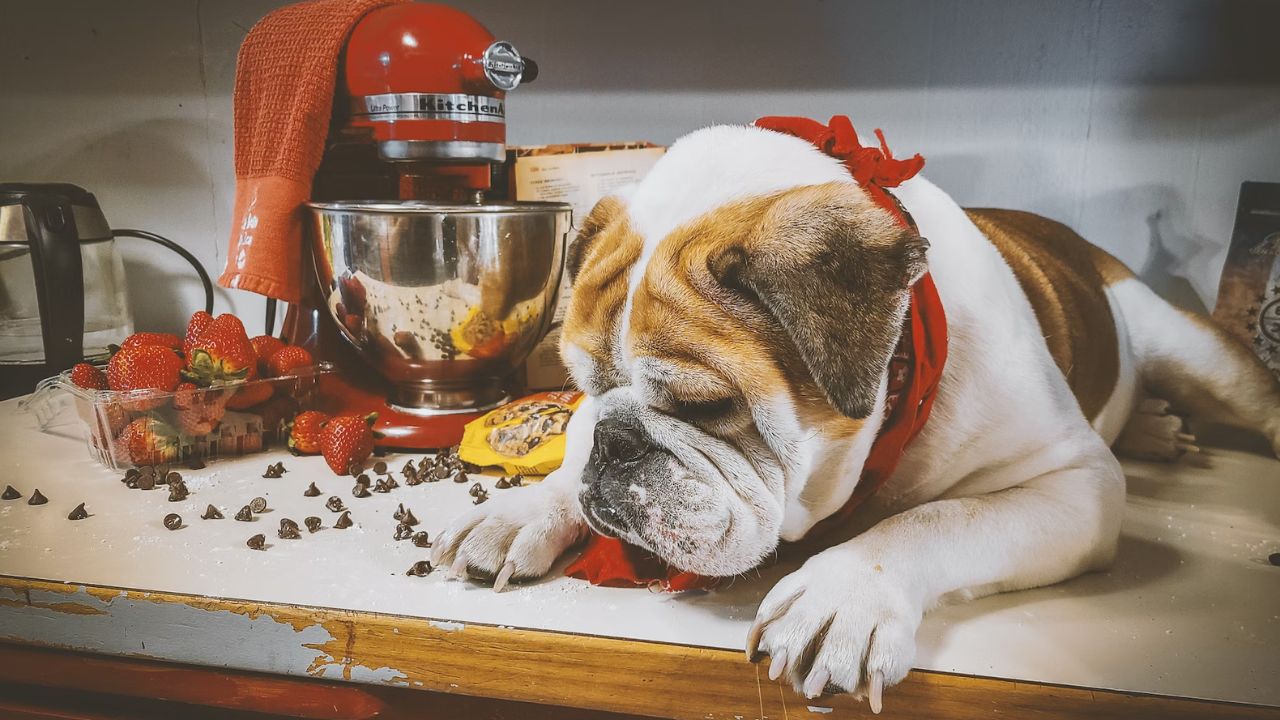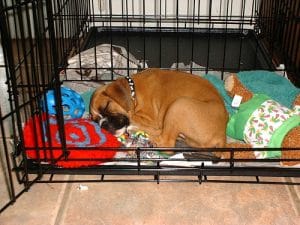In my experience, the term does not do justice to the activity!
Counter-surfing sounds like such a fun activity for your little pooch, but it’s a nightmare for us dog parents stuck cleaning the aftermath.
You know exactly what I mean if you’ve ever turned your back for one second, only to find your sandwich missing or your steak mysteriously “walking” off the counter.
Trust me, I’ve been there. My jug (Jeff) used to do this a lot back when he was a puppy. More often than not, counter-surfing is seen in puppies in new homes or adult dogs who haven’t been trained yet.
If your dog is prone to jumping on the counter and stealing food now and then, don’t worry. It’s very common and easy to resolve.
Generally, you should use positive reinforcement and teach your dog the “leave it” command to stop them from counter-surfing and stealing food. You could also restrict their access to the kitchen by installing puppy barriers or spraying non-toxic chew deterrents on the counter.
Let me explain this step-by-step.
How to train your dog to stop counter-surfing?
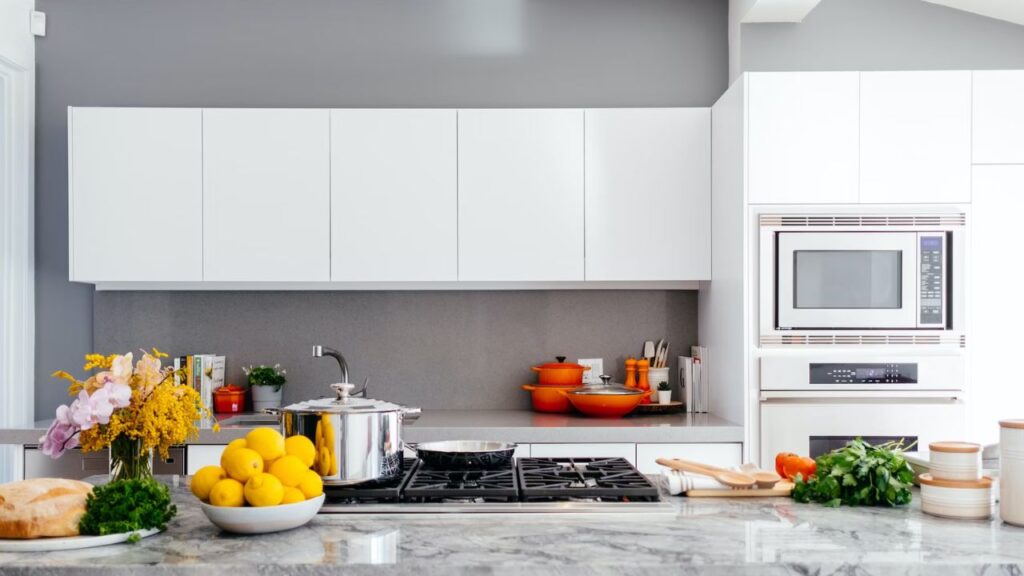
Here’s a step-by-step process to help you resolve counter-surfing. This will be a blend of positive reinforcement, training through leash and teaching your dog the “leave it” command. And it has worked like a charm for me.
Step 1: Stand near an empty countertop and grab your dog’s attention.
As mentioned, stand before your doggo beside an empty countertop and hold their leash loosely. The idea is simple: reward your dog with a treat and a positive “yes” command each time they divert their attention to you instead of the countertop.
If your dog is not giving you any attention, you could ask for it by saying their name and rewarding them for desired behaviour.
Step 2: Put a low-value treat on the countertop.
Place a low-value treat like chicken on the countertop and wait for your dog’s reaction. If they ignore the treat and attend to you, give them a treat and a positive “yes” command.
Otherwise, call your doggo before they reach for the treat. If calling their name doesn’t work, use the leash (carefully and softly) to divert their attention. Don’t scold them, and be patient during the process.
Step 3: Increase the stakes with a high-value treat.
Once your dog successfully ignores a low-value treat, you could up the stakes with beef jerky. Repeat the process in step 2 and reward your dog each time their attention stays on you.
Repeat these steps a couple times and be patient throughout the process!
Why does my dog keep counter-surfing?
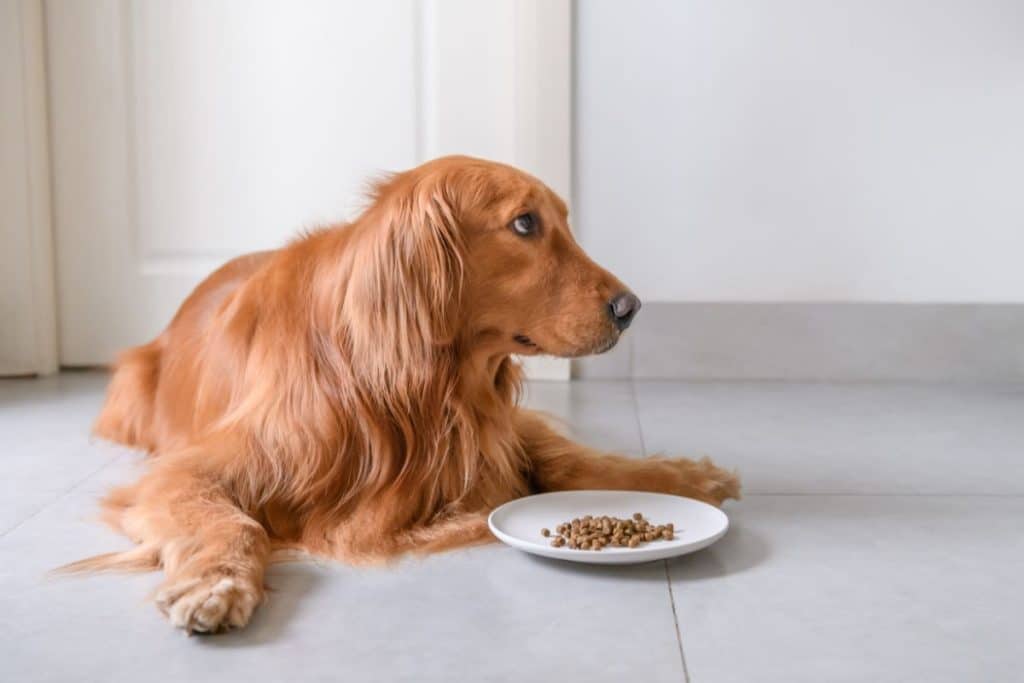
Speaking from experience, your problem will likely not be solved by teaching your doggo a few commands. They’ll either revert to jumping on the counters or find other destructive behaviour.
Nearly every dog has a particular reason for counter-surfing. We just need to find that reason and resolve the issue at its core. It could be something simple like an inadequate diet or as complicated as psychological issues leading to separation anxiety.
The bottom line is you’re not alone, and your dog isn’t some mastermind villain plotting to steal your lunch. There’s a particular reason behind their actions, and I’ll help you resolve it.
1. Boredom & Scavenging Instincts
To be fair, your doggo has no job, so they’re prone to easily getting bored. And when they do, they’ll look for ways to mitigate their boredom through a good ol’ scavenger hunt.
For them, the kitchen counter is like a treasure trove of delicious aromas that could instantly turn a dull afternoon into an exciting adventure.
2. Attention-Seeking & Separation Anxiety
This problem is easy to detect but much harder to solve.
Does your dog tend to counter-surf more when you’re around? If so, they might ask for your attention without understanding the destructive behaviour.
From their perspective, your negative response is better than being ignored. Alternatively, if they do it behind your back paired with other negative behaviours, it could mean they’re dealing with separation anxiety.
In both these cases, you should try to spend more time with your doggo to ease their worries. And consult with a vet to get them psychologically healthy.
3. Sheer Hunger & Love for Food
I don’t know about you, but my Jeff is a glutton and then some. You can give him snacks anytime, and he’ll gobble them up.
If your dog is a food lover, they’ll stop at nothing to get that delicious steak or creamy cake.
Alternatively, their diet must be inadequate, leaving them hungry, so they must “go out and look for food on their own.”
4. Lack of Training
As I mentioned, new dogs or puppies may do this due to a lack of training. From their perspective, it’s not a bad activity. Instead, the counter is just another place to explore.
5. Lack of Physical Exercise
A wise man once said that a tired dog is a well-behaved dog.
Leaving your puppies and adult dogs full of energy is like asking them to engage in mischief and destructive behaviours. This is especially the case for dog parents with overexcited mutts.
But the solution is quite easy and a fun bonding experience. Go out and play with them often. A good run or an intense play session could zap the energy otherwise used for counter-surfing.
How do I stop my dog from stealing food off the counter?
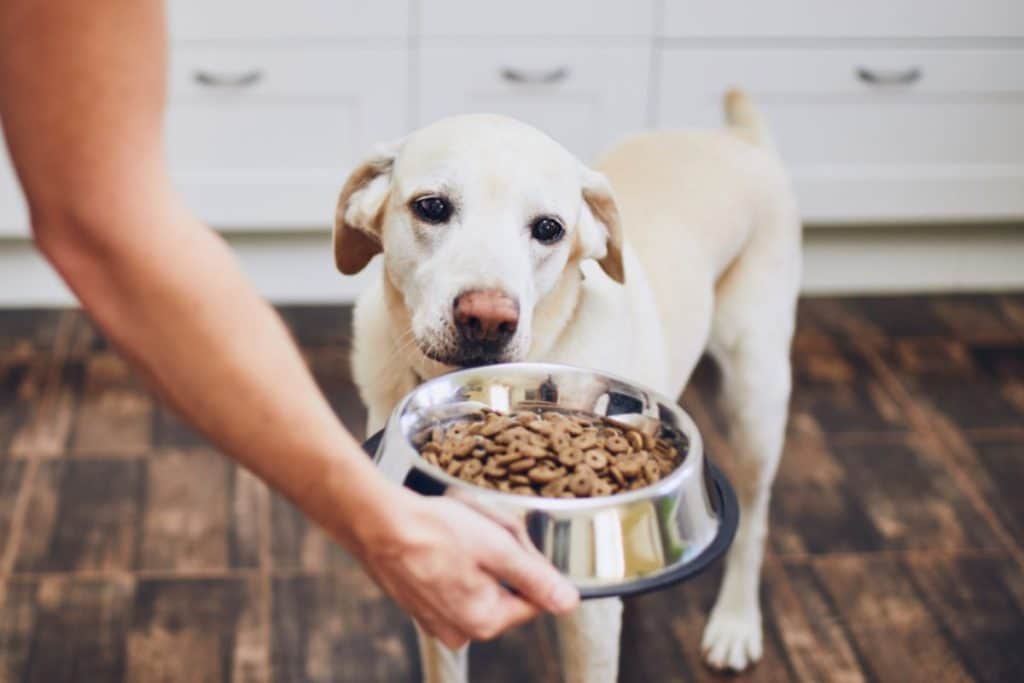
1. Dog-Proof Counters and Tables with Chew Deterrents
It’s an instant fix and a great training method. Apply a non-toxic chew deterrent spray on the counter edges to turn their adventure into an unpleasant experience.
Don’t worry! These sprays are safe for pets but have a taste and smell that dogs dislike.
2. Don’t Leave Items on the Counter
An obvious but essential tip for dogowners. It’s best to not leave any food (or other tempting items) on the counter.
I realise it’ll be inconvenient for some readers, but it’s only until your dog has been properly trained and doesn’t require additional deterrents.
3. Clean the Counters Thoroughly
Dogs have an incredibly keen sense of smell. Even the faintest aroma of food can attract them.
4. Never Feed from the Counter or Table
Sadly, this is a very important tip that I only learned recently.
You’re setting a precedent if you often hand out treats from the counter. Some dog behaviourists even discourage slipping them a piece of your dinner from the table, but I wouldn’t go that far. Although, do not overdo it either.
Ideally, you should only feed your doggo in their bowl so they understand what’s meant for them.
5. Use Physical Barriers
I discussed this in detail in my article about dog-proofing your home.
It’s generally a great idea to use physical barriers such as baby gates / puppy gates to block your pooch’s access to the kitchen.
Even if there’s nothing on the counter, a kitchen has a lot of items that could be potentially harmful to your furry friend.
Tips to Help You Stop Counter-Surfing
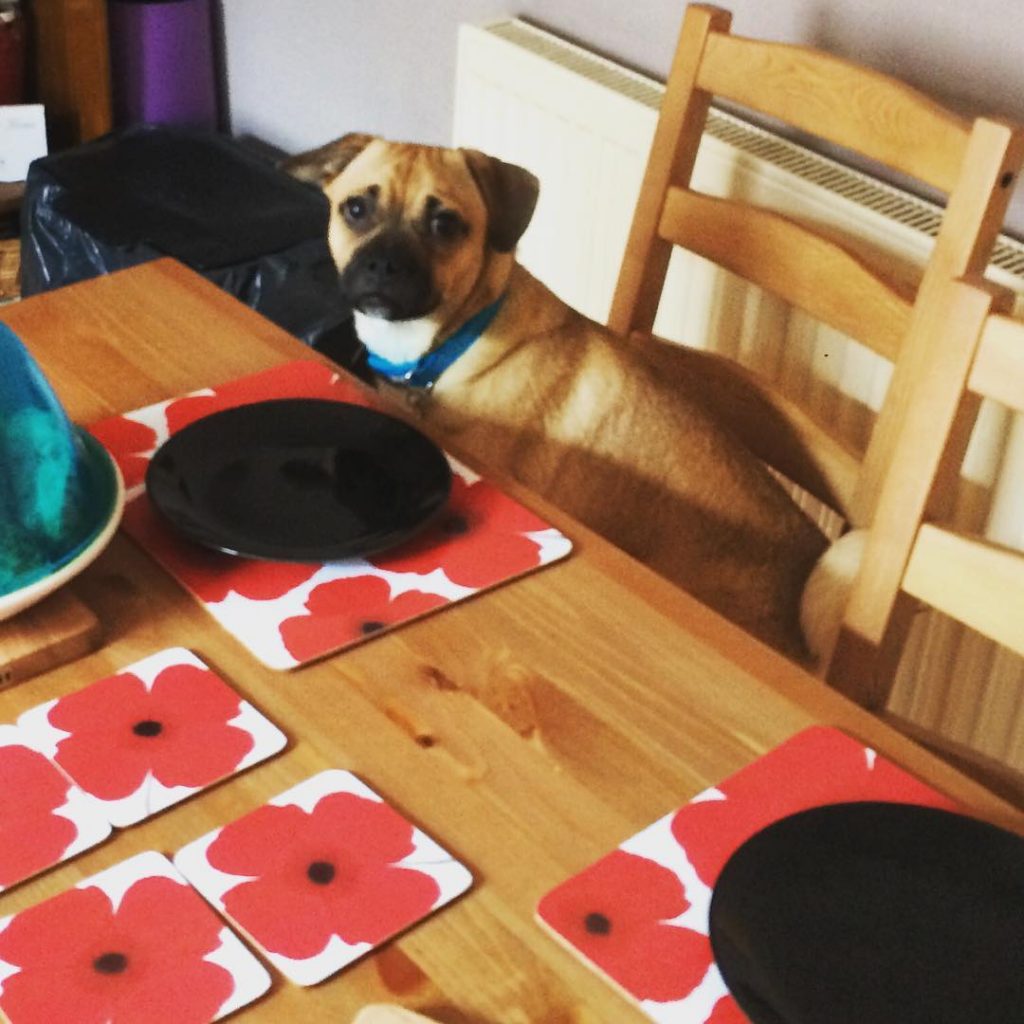
While training and preventative measures are the backbone of stopping counter-surfing in your canine companion, sometimes the little things make the biggest difference.
So, here are some additional tips from my experience.
1. Teach Them a Disengagement Command
Commands like “leave it” or “off” are useful when you catch your dog in the act. Training them properly helps to build long-term obedience. And you could use these commands to deter other negative behaviours in the future.
2. Prevent Counter-Surfing Before It Happens
You must always try to catch your dog before they hop on the counter and prevent them from doing so. Scolding them after the fact will not have a positive outcome and may affect your relationship.
3. Make the Floor More Exciting
I’ve used this technique often, and it always works like a charm. The goal is to make the floor much more interesting than the countertop.
Scatter a few toys or treat-dispensing gadgets on the floor. This is why it’s a great idea to have a designated play zone for your doggo to keep them entertained when you’re otherwise engaged.
4. Reward Calm Behavior
When you see your dog make the right choice by walking away from the counter or obeying a command, reward them. Positive reinforcement is the most effective way to encourage good behaviour.
5. Consult a Veterinarian for Underlying Issues
If counter-surfing persists despite your best efforts, it could indicate an underlying issue like anxiety or certain nutritional deficiencies. In these cases, a consultation with your veterinarian is advisable.
Remember, consistency is key in any form of dog training. Stick with these tips, and you’ll quickly stop your dog’s counter-hopping habit!
